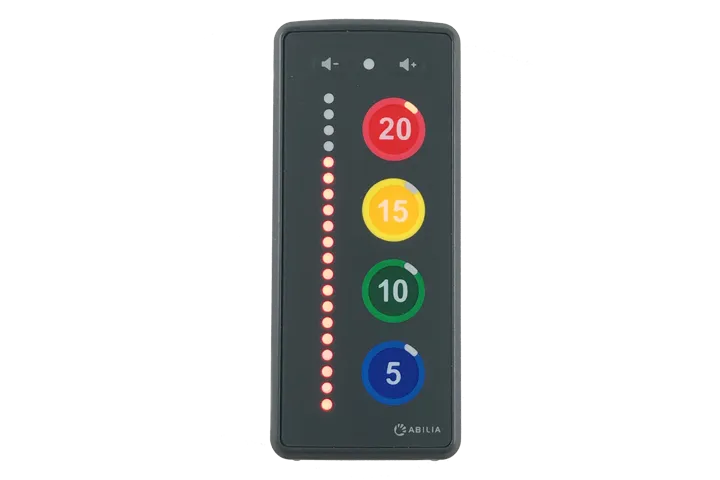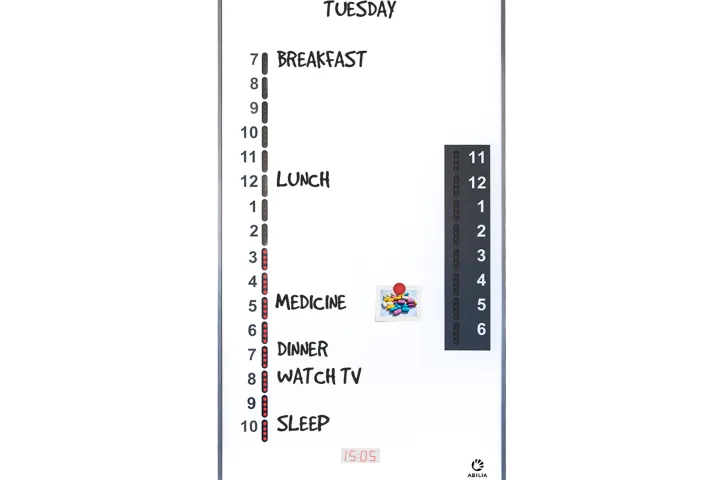Intellectual disability
Several reasons can lie behind an intellectual disability. It may be due to chromosomal abnormalities such as in Down's syndrome or Fragile X syndrome. Another cause can be injuries and diseases in the fetal stage or at birth. Sometimes it is not possible to determine what is behind it.
In our brochure Intellectual disability: independence, engagement and security you can read about the diagnosis, challenges and the value of using assistive devices.
The brain's functions are impaired to varying degrees. A distinction is usually made between these degrees of intellectual disability:
- mild
- moderate or moderate
- difficult
- very difficult
It is also common to have intellectual disability together with other diagnoses, such as autism spectrum disorder, epilepsy and impaired motor skills, vision and hearing.
The intellectual disability manifests itself in difficulties in acquiring theoretical knowledge, managing social interaction and performing practical tasks. How this affects everyday life depends on the degree of intellectual disability and what other diagnoses the individual has.
Having an intellectual disability means that the individual has difficulty thinking abstractly, i.e. the ability to make calculations and think of consequences in their minds. It takes longer to learn and understand things. Training and the opportunity to gain new experiences enable those with an intellectual disability to increase both their ability to be active and their participation in different areas.
Challenges in everyday life
In the case of mild intellectual disability, the individual is relatively independent, but may need support with abstract concepts such as finances and time management.
In the case of moderate to moderate intellectual disability, the individual needs support in several daily activities.
In the case of severe or very severe intellectual disability, the individual needs to live in a group home or receive full assistance in their own housing.
Assistive Cognitive Support
Assistive cognitive support devices can compensate for difficulties with reading, writing, counting, and performing daily activities. Time becomes more tangible by being visualized as a quantity and can allow the user to have a better sense and understanding of time. The user can gain increased predictability and control over their day. It will be easier to plan for activities and to carry them out independently. The user also receives support for remembering activities, both those that have been and those that are to take place. It can be easier to communicate about events.





